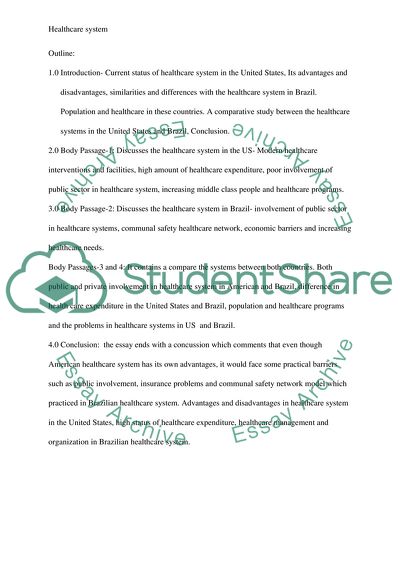Cite this document
(Comparative Analysis of the U.S. Healthcare System Against the Country Term Paper, n.d.)
Comparative Analysis of the U.S. Healthcare System Against the Country Term Paper. Retrieved from https://studentshare.org/health-sciences-medicine/1744826-comparative-analysis-of-the-us-healthcare-system-against-the-country-brazil
Comparative Analysis of the U.S. Healthcare System Against the Country Term Paper. Retrieved from https://studentshare.org/health-sciences-medicine/1744826-comparative-analysis-of-the-us-healthcare-system-against-the-country-brazil
(Comparative Analysis of the U.S. Healthcare System Against the Country Term Paper)
Comparative Analysis of the U.S. Healthcare System Against the Country Term Paper. https://studentshare.org/health-sciences-medicine/1744826-comparative-analysis-of-the-us-healthcare-system-against-the-country-brazil.
Comparative Analysis of the U.S. Healthcare System Against the Country Term Paper. https://studentshare.org/health-sciences-medicine/1744826-comparative-analysis-of-the-us-healthcare-system-against-the-country-brazil.
“Comparative Analysis of the U.S. Healthcare System Against the Country Term Paper”, n.d. https://studentshare.org/health-sciences-medicine/1744826-comparative-analysis-of-the-us-healthcare-system-against-the-country-brazil.


